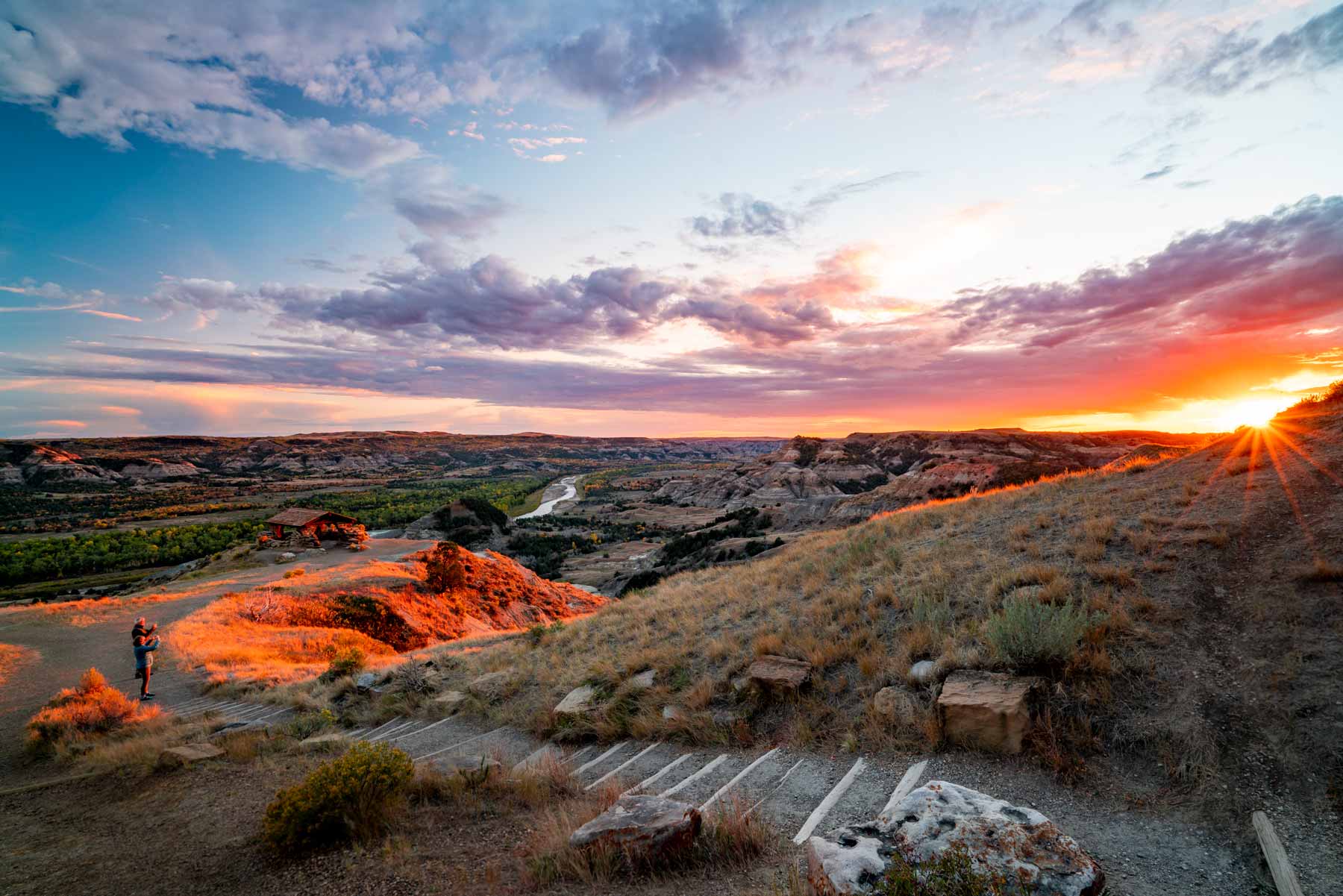
Article Summary: Theodore Roosevelt National Park Facts
Theodore Roosevelt National Park Facts! In this article, we provide you with 11 amazing facts about one of America’s most magnificent national parks.
More Than Just Parks is your one-stop-shop when it comes to learning everything you’ll need to know about America’s national parks. We’ve got expert guides, beautiful photos, helpful tips, breathtaking films and so much more.
I’ve been to so many of these amazing places since retiring from teaching in 2018. Did I mention that I taught history? I spent a lifetime teaching about the history behind some of these natural wonders. Then I got to see them firsthand. And now I’m sharing some of the incredible stories about these beautiful places with you. It doesn’t get any better than that!
More Than Just Parks takes a deeper dive with its national park facts. We’ve done our homework so that you’ll get more than you bargained for.
Without further ado, let’s dive in.
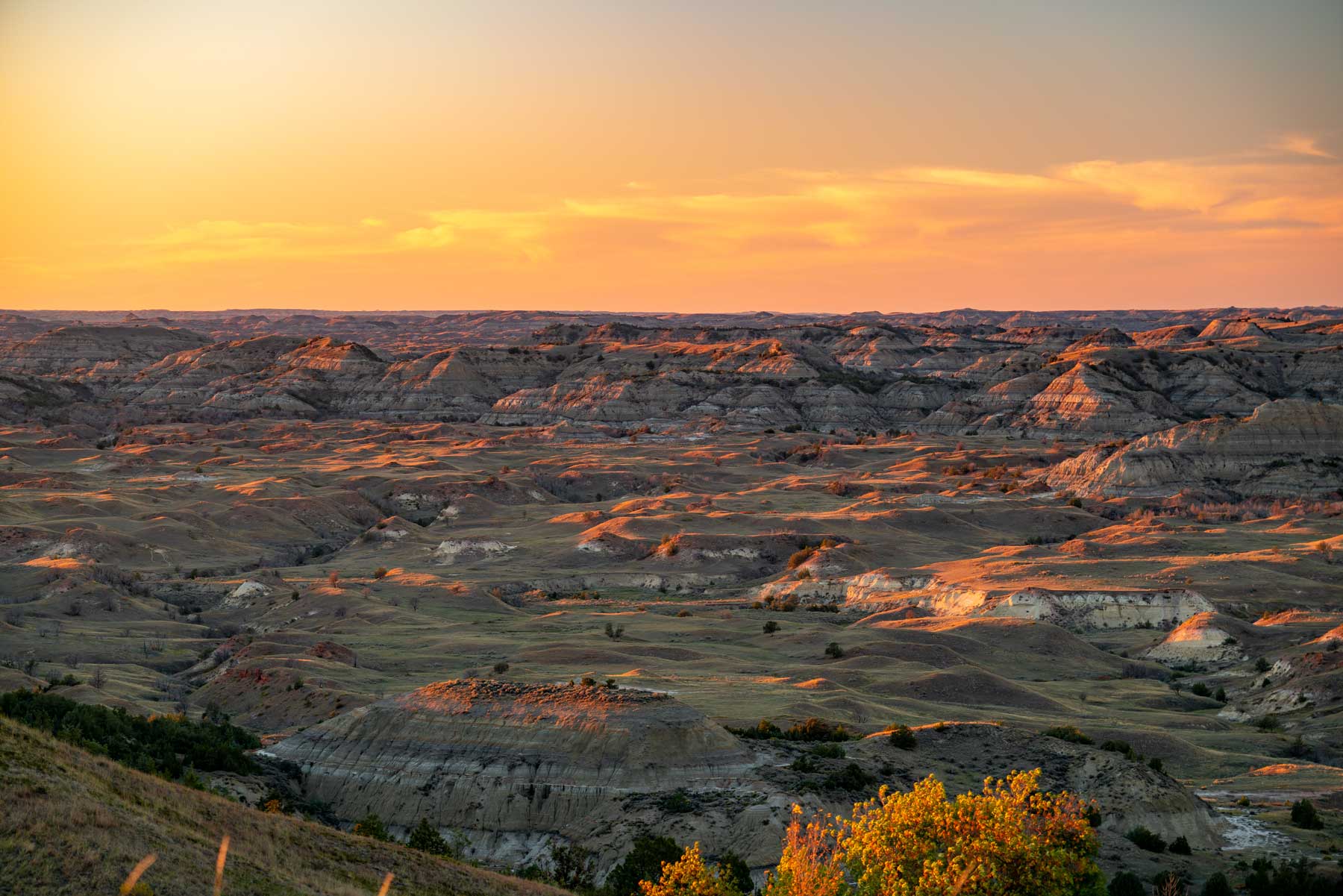
Table Of Contents: Theodore Roosevelt National Park
Theodore Roosevelt National Park
- Facts About Theodore Roosevelt National Park
- Top 5 Theodore Roosevelt National Park Facts
- 1. 65 Million Years Ago The Park Area Was A Swampy Wetland
- 2. The Park Features Thousands of Prairie Dogs
- 3. Theodore Roosevelt Spent His Formative Years In The Badlands
- 4. Two Of The Most Important Historic Sites At The Park Are The Maltese Cross Cabin & Elkhorn Ranch
- 5. Theodore Roosevelt Came To The Badlands To Hunt Bison & Raise Cattle
- 6. Theodore Roosevelt National Park Is the Only Only Park To Be Named For A President & It’s The Only Park To Be Named For A Single Person
- 7. The Park Is Divided Into Three Separate Districts
- 8. The Park Features Wild Horses
- 9. The Park Has The Third Highest Concentration Of Petrified Wood In The U.S.
- 10. The Park Includes Up To 500 Species Of Plants
- 11. Theodore Roosevelt National Park Offers A Diverse Array Of Wildlife
- Check Out Our Theodore Roosevelt National Park Film
- Map Of Theodore Roosevelt National Park
- List Of Theodore Roosevelt National Park Facts
- We Hope You’ll Follow Our Journey
Facts About Theodore Roosevelt National Park
Theodore Roosevelt National Park is a national park in the Badlands region of western North Dakota.
It covers 70,446 acres and is named for the 26th President of the United States, Theodore Roosevelt, who had a strong connection to the area.
The park features rugged badlands terrain, as well as a variety of wildlife, including bison, elk, bighorn sheep, and pronghorn. It also offers opportunities for hiking, camping, and horseback riding.
The park is divided into three units, the North Unit, the South Unit, and the Elkhorn Ranch Unit, each offering unique features and experiences.
Visitors to the park can also explore the historic sites related to Roosevelt’s time in the Badlands, including the Elkhorn Ranch Site and the Maltese Cross Cabin.

Here Are Some Of The Basic Facts
- Location: North Dakota
- Acreage: Theodore Roosevelt National Park protects more than 70,000 acres over three park units. Of the 70,446.89 total acres, 29,920 acres are designated Wilderness Area.
- Visitation: Theodore Roosevelt National Park receives nearly 600,000 visitors each year. Although the park is open year-round, the busiest months are June, July, and August.
- Elevation: The park’s highest elevation is 2198 feet.
- Climate: Summers are warm with average high temperatures in the 70s and 80s°F. Winters are cold with average lows in the single digits December through February. Wind is considerable year-round.
- When Did It Become A National Park? On April 25, 1947, after several compromises, President Truman signed the bill (PL-38) that created Theodore Roosevelt National Memorial Park. This included lands that roughly make up the South Unit and the Elkhorn Ranch site today.
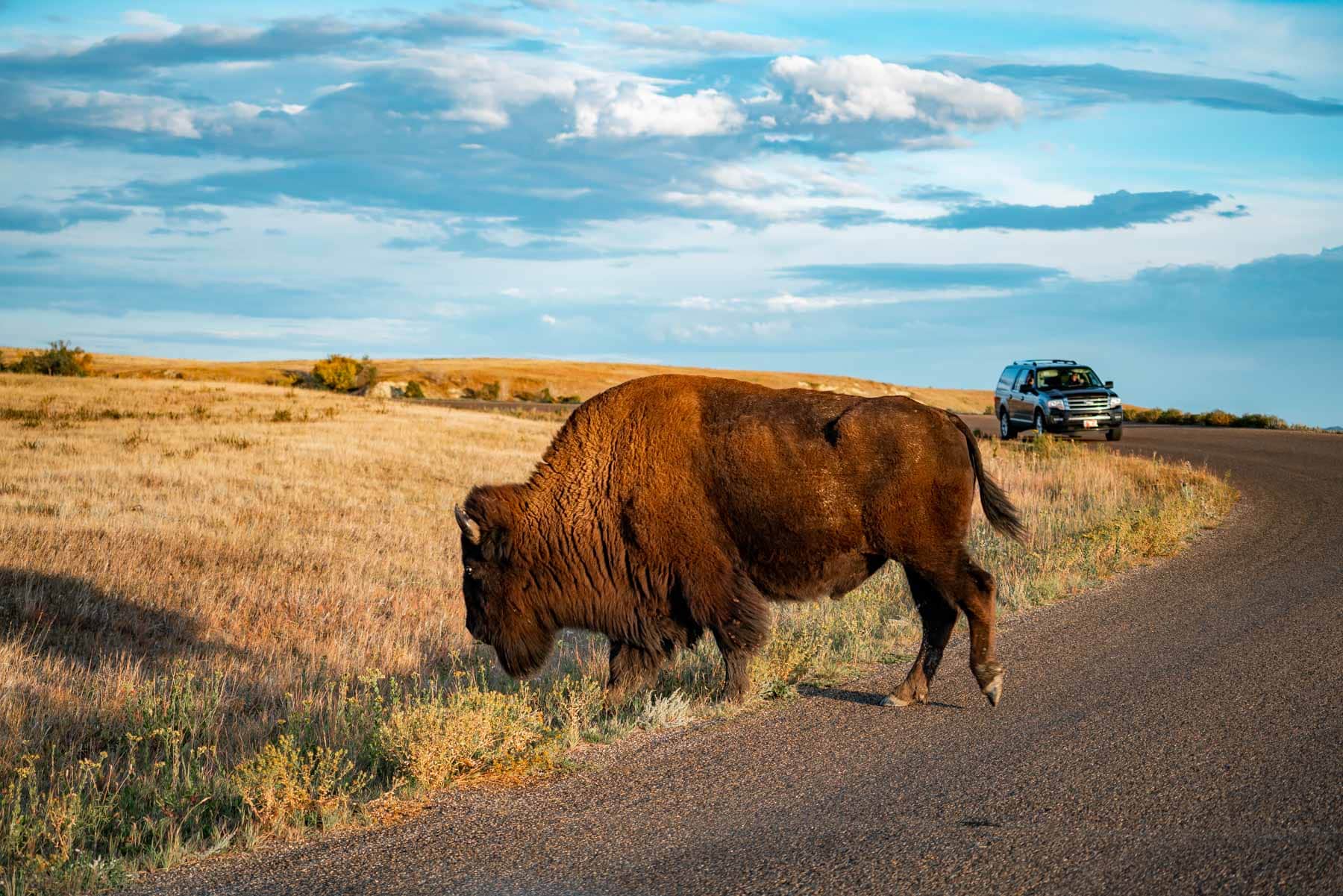
Top 5 Theodore Roosevelt National Park Facts
1. 65 Million Years Ago The Park Area Was A Swampy Wetland
As a retired history teacher and lifelong history buff, I always like to begin with a story about the area’s past. In the case of Theodore Roosevelt National Park Facts, however, I’ve decided to go back 65 million years which I believe is a record for me.
According to the National Park Service the area of land which now comprises the park was once a swampy wetland full of cypress like trees, fish, and reptiles (about 65 million years ago).
Eventually ash from volcanic eruptions filled the swamps with sediment that was compacted over millions of years into different colored rock layers (I wonder what color our time will be…) and buried.
An ice age came and formed massive glaciers over much of North America. When the glaciers began to melt away the Little Missouri River was formed. As the river began eroding away the softest sediment it left behind amazing formations revealing millions of years of geological history.
This set the stage for the earliest known human inhabitants of the area – Native Americans.
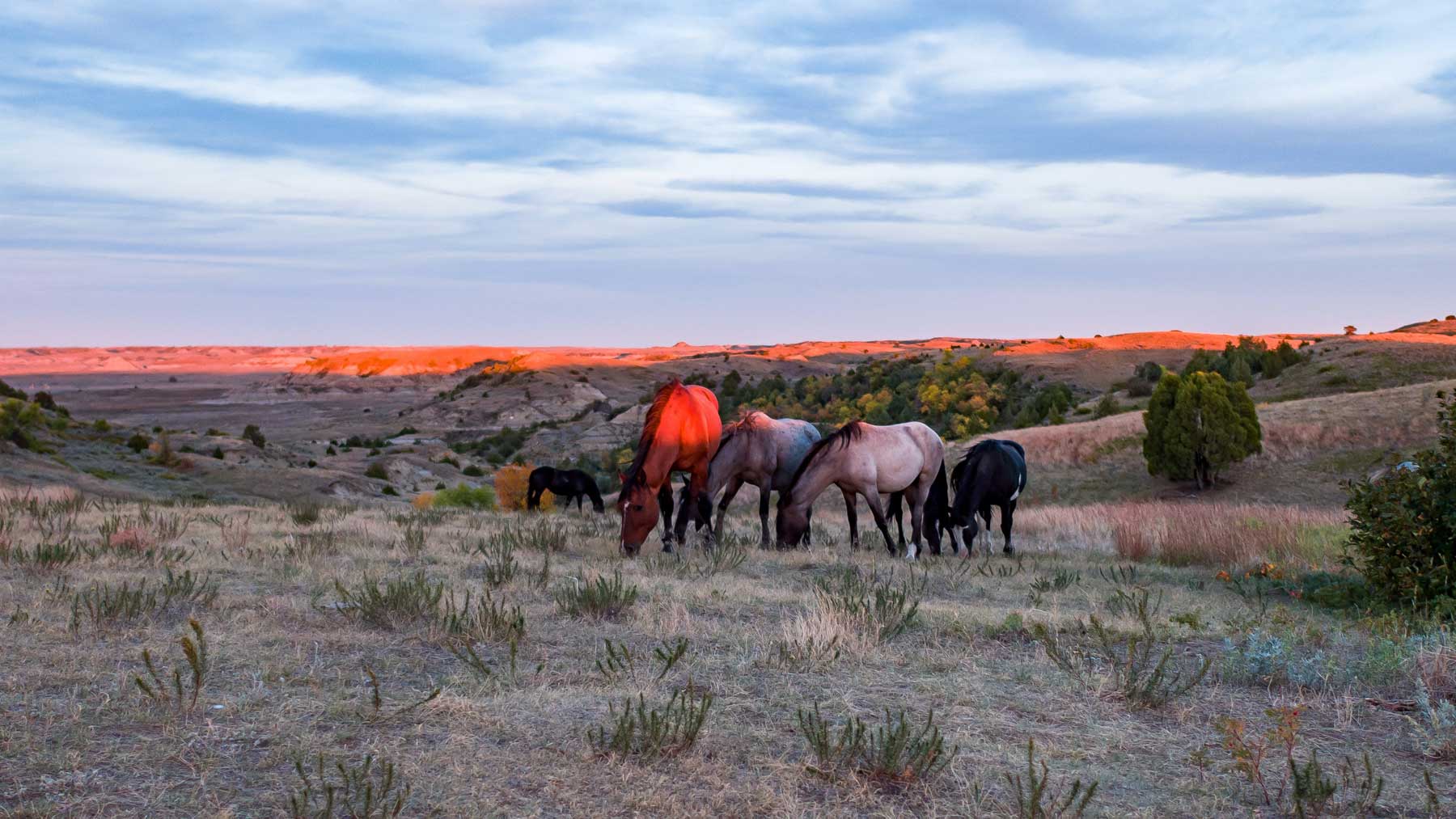
CHECK OUT: Theodore Roosevelt National Park Is Insanely Beautiful
2. The Park Features Thousands of Prairie Dogs
Another of the fascinating Theodore Roosevelt National Park Facts has to do with one of its most popular inhabitants.
The park hosts thousands of Prairie Dogs. Prairie dogs are herbivorous burrowing ground squirrels native to the grasslands of North America. Within the genus are five species: black-tailed, white-tailed, Gunnison’s, Utah, and Mexican prairie dogs
While there are five species of prairie dogs living in North America, only the black-tailed prairie dog can be found at Theodore Roosevelt. These small critters live on the grasslands in prairie dog towns, a series of burrows with connecting tunnels.
A favored meal, the prairie dog has many predators on the range, so they are often spotted scouting the landscape for danger and squeaking and yelping loudly to warn others.
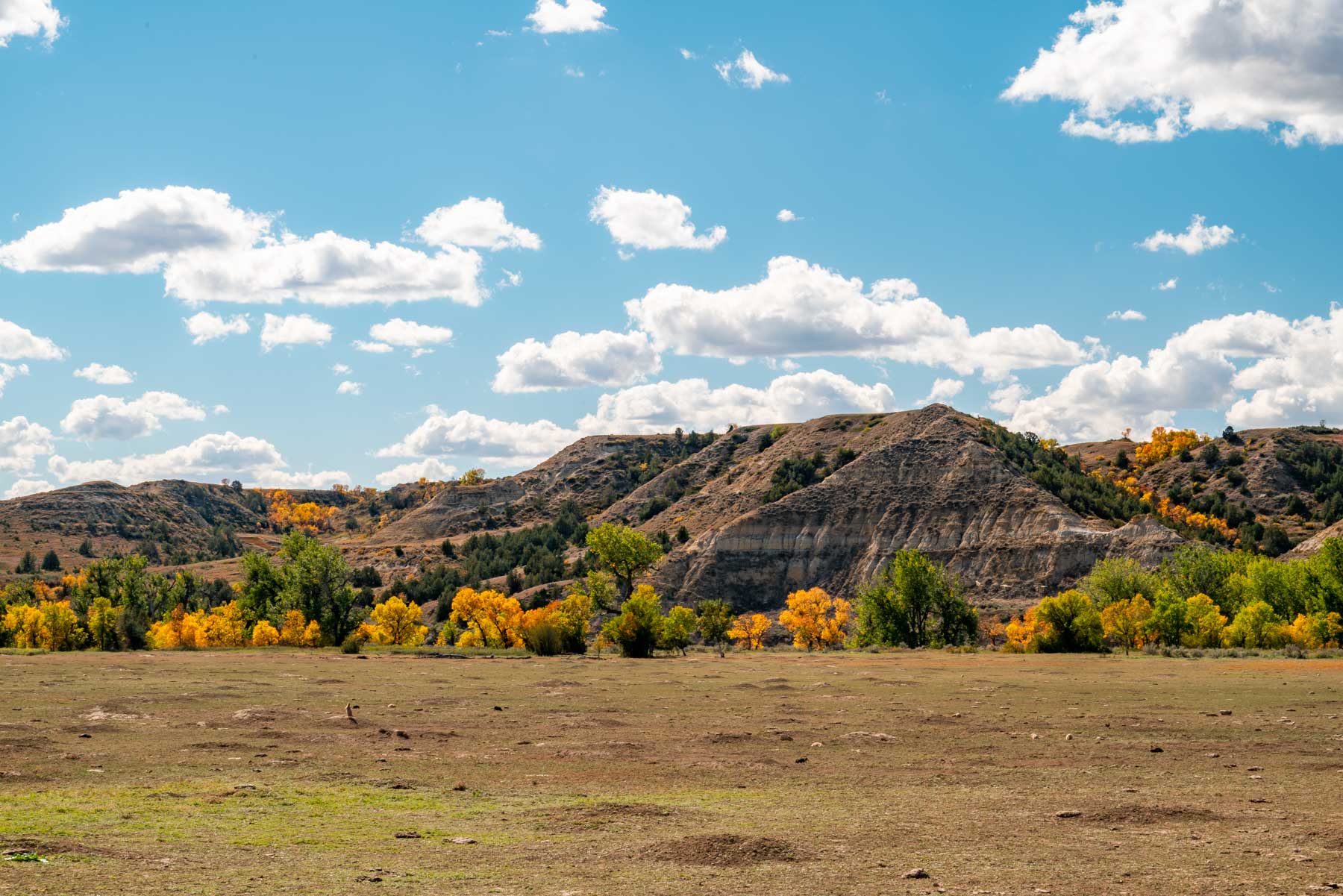
CHECK OUT: 20 EPIC Things To Do At Theodore Roosevelt National Park
3. Theodore Roosevelt Spent His Formative Years In The Badlands
It’s not possible to examine the fascinating facts surrounding Theodore Roosevelt National Park without focusing on the man whom the park is named after.
It was Theodore Roosevelt himself who once said, “I would not have been president had it not been for my experience in North Dakota.”
In 1883, at the age of 24, young Theodore Roosevelt was lured in to the Badlands by an acquaintance promoting the area as prime ranch lands.
Excited about the prospects for an open-range cattle industry, he invested in a ranch along the Little Missouri River near Medora before returning to New York.
His aim then was to kill a bison before there were no more left on the continent and to get a taste of the real American west.
Upon arriving he was quickly mesmerized by the otherworldly landscapes and natural beauty of the area. The clean air was also a great remedy for his chronic asthma.
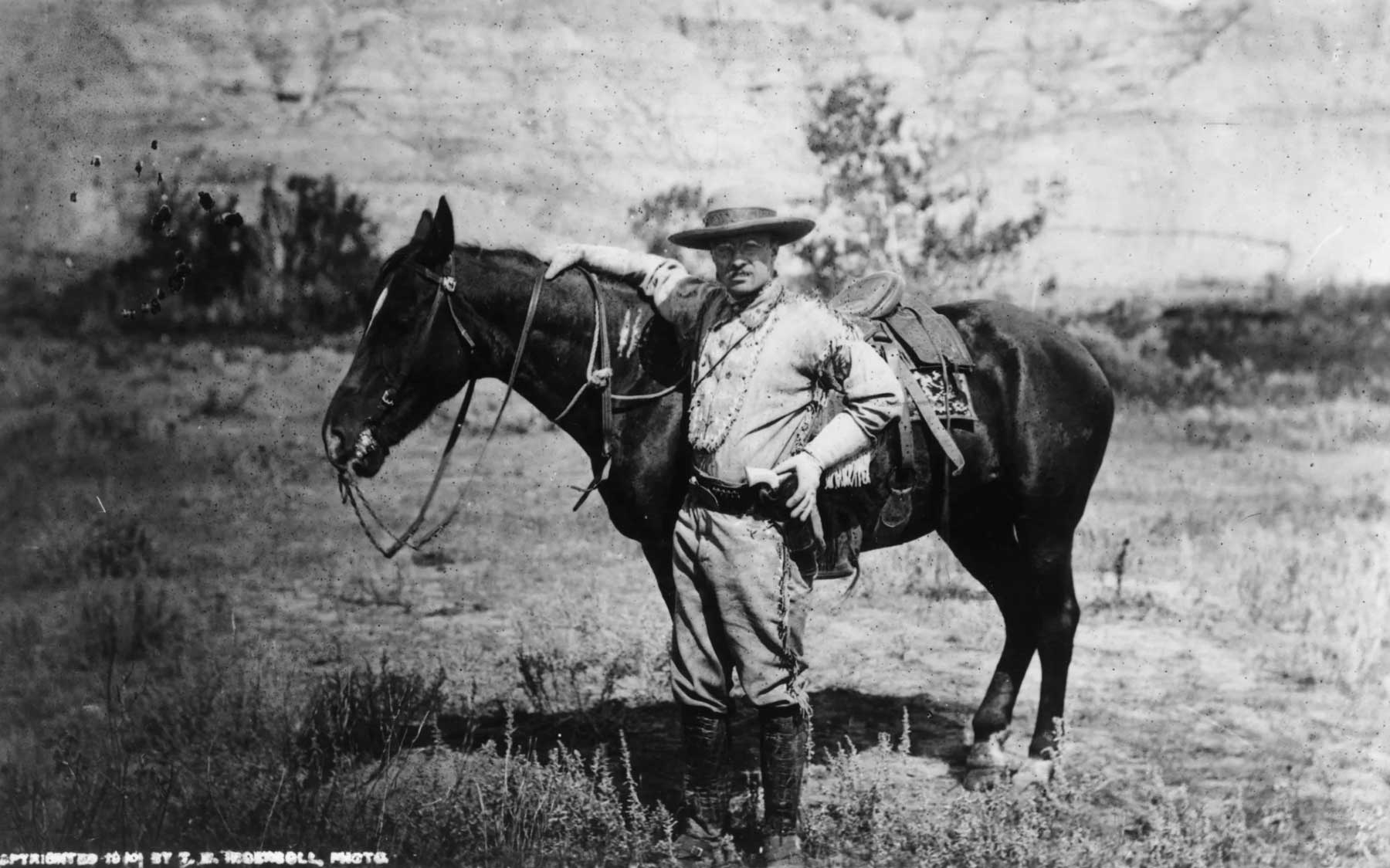
CHECK OUT: 10 MUST-SEE Historic Sites In North Dakota
4. Two Of The Most Important Historic Sites At The Park Are The Maltese Cross Cabin & Elkhorn Ranch
If you’re planning a trip to the park then my next Theodore Roosevelt National Park Fact is one you should pay particular attention to as it pertains to two of the most important historic sites which you may wish to see.
The Maltese Cross Cabin
After spending a few weeks in the area hunting (and killing his first bison) Roosevelt decided to purchase the Chimney Butte Ranch for $14,000.
As the ranch’s official brand, the Maltese Cross was the name that the cabin Roosevelt had built on the property as a temporary home.
The cabin can still be toured today (after taking a trip to St. Louis for the world fair & Portland, Oregon for the Lewis and Clark Centennial Exposition).
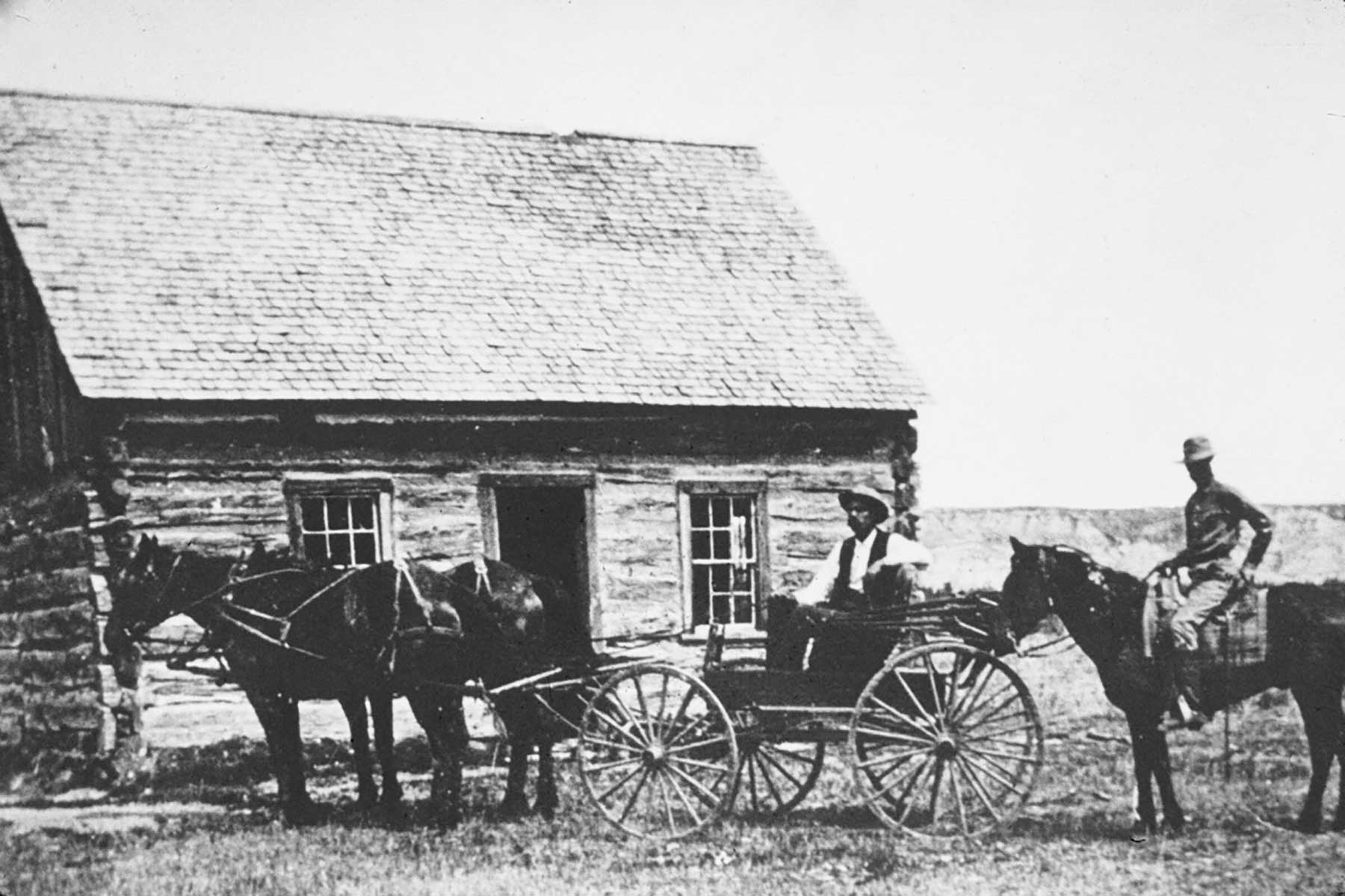
The Elkhorn Ranch
After the unexpected and tragic deaths of his wife and mother on the same day, a devastated Roosevelt returned to North Dakota in 1884 to make ranching his full-time business.
He found a ranching boom in progress in the Little Missouri River Valley.
Encouraged by the success of his Maltese Cross Ranch, he purchased 1,000 head of cattle and selected a site for a second ranch. He purchased the rights for a second ranch for $400 and named it Elkhorn.
Elkhorn Ranch, about 35 miles north of Medora, became headquarters for Roosevelt’s cattle operations. Completed by the spring of 1885, the 30’ by 60’ Elkhorn Ranch house was one of the finest in the Badlands, with eight rooms and a porch on the east elevation.
This ranch, which he referred to as his “home ranch”, was where he based his cattle operations.
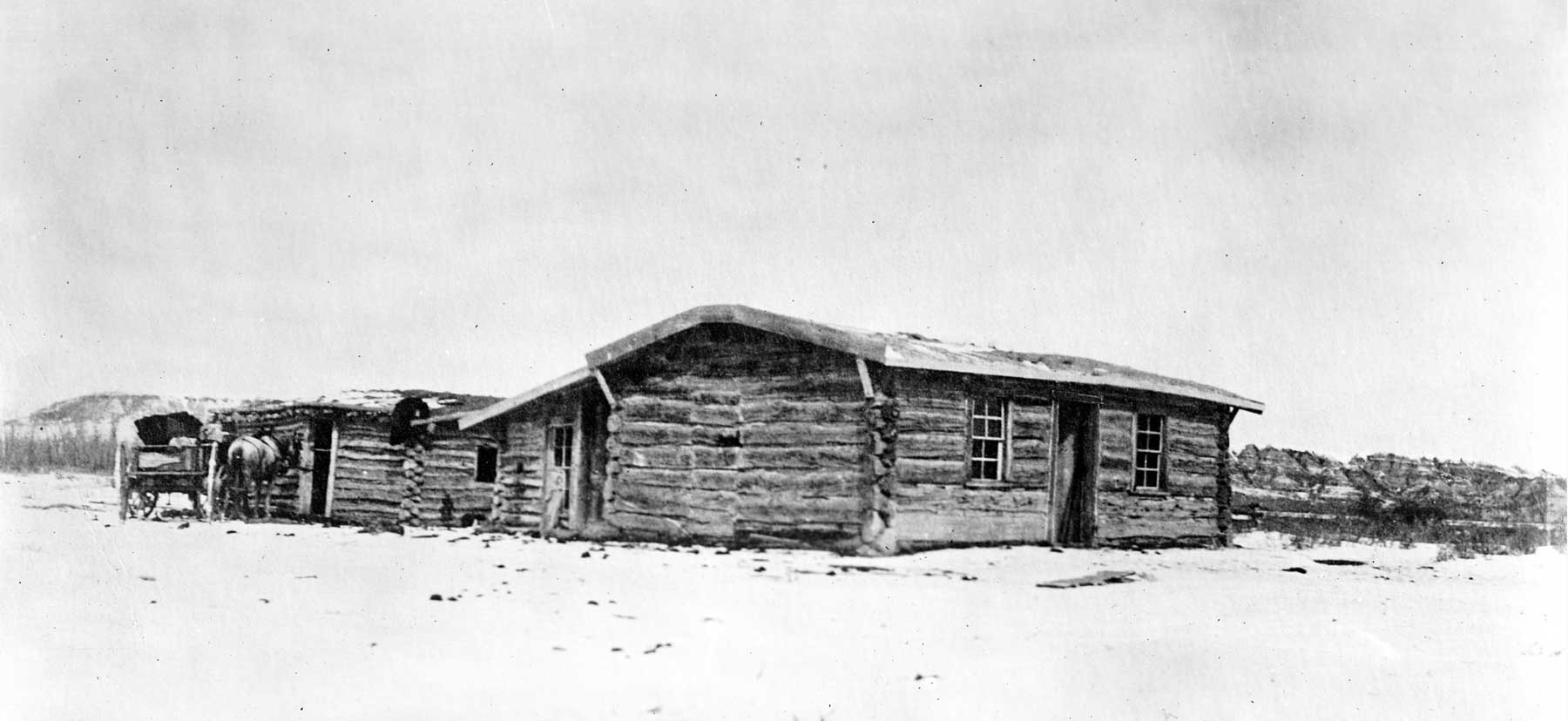
See The Elkhorn Ranch Today
The Elkhorn Ranch Unit of Theodore Roosevelt National Park preserves the place where Theodore Roosevelt, the 26th President of the United States, selected as his “home ranch” after the deaths of his wife and mother.
This unit of the park has a special, solemn character and is less developed than the other two units of the park.
There are no visitor centers, facilities, or scenic roads in the Elkhorn Ranch Unit. This allows visitors to experience a more natural and secluded environment, and to explore the area on foot or by horseback.
The Elkhorn Ranch Site is only accessible via a rough, primitive road and is only open seasonally. Visitors can take guided tours and see the original buildings that were part of the Elkhorn Ranch.
5. Theodore Roosevelt Came To The Badlands To Hunt Bison & Raise Cattle
You will have the opportunity to see bison at Theodore Roosevelt National Park. And, if you do, consider the fact that Theodore Roosevelt came to the badlands and decided to become a rancher there.
Theodore Roosevelt had a deep connection to the Badlands of North Dakota and was determined to find a bison despite the difficult conditions and the fact that most of the herds had been depleted by commercial hunting.
He and his hunting guide, Merrifield Ferris, used the small ranch cabin of Gregor Lang as a base camp, and even though they were not successful in finding a bison, they were able to discuss politics and ranching with Lang.
This experience further sparked Roosevelt’s interest in raising cattle in the Badlands and led him to establish the Elkhorn Ranch as his “home ranch” after the deaths of his wife and mother, which was later preserved as part of the Elkhorn Ranch Unit of Theodore Roosevelt National Park.
Roosevelt Became A Cattle Rancher
Cattle ranching in the Dakota Territory was a booming business in the 1880s, as the northern plains were recently devoid of bison and the nutritious grasses provided an ideal grazing ground for cattle.
The Northern Pacific Railroad offered a quick route to eastern markets, which made the region even more attractive for entrepreneurs like the Marquis de Morès to bring money and infrastructure.
Theodore Roosevelt saw this as a sound business opportunity and entered into business with his guide’s brother, Sylvane Ferris, and Bill Merrifield, another Dakota cattleman.
He put down an initial investment of $14,000, which was significantly more than his annual salary as a civil servant.
Roosevelt instructed Ferris and Merrifield to build the Maltese Cross Cabin, which was his personal retreat on the Elkhorn Ranch.
His investment was not purely for business reasons, he saw it as a chance to immerse himself in a western lifestyle he had long romanticized, and as a biographer Edmund Morris noted, “Fourteen thousand dollars was a small price to pay for so much freedom.”
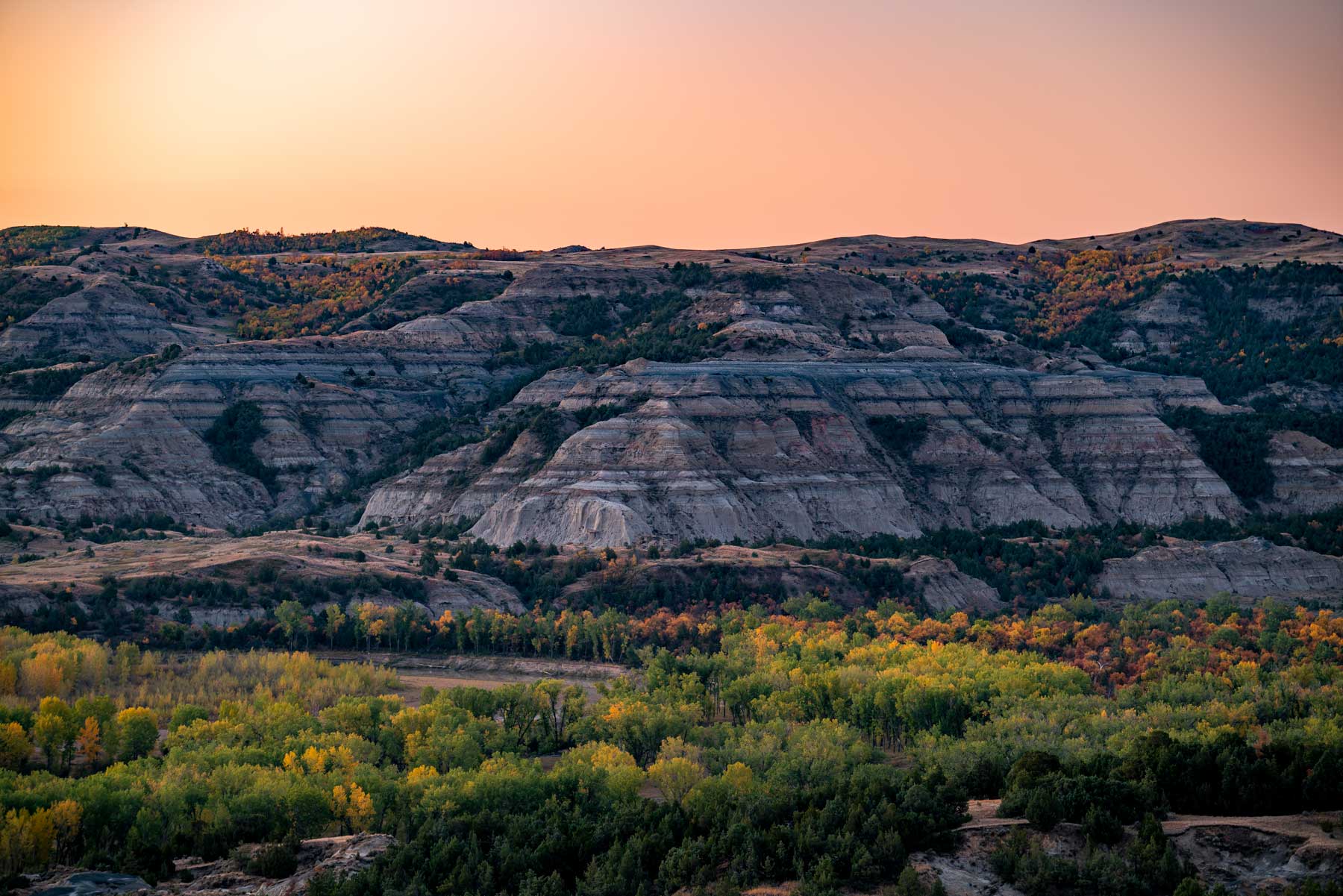
Disaster Struck
Roosevelt’s ranching business reached a peak in 1885 and 1886, but disaster struck during the winter of 1886 and 1887. More cattle already were grazing on the open range than it could support by the fall of 1886.
Winter brought heavy snows, partial thawing, and subzero temperatures that created a crust over the snow that the cattle could not break through.
When Roosevelt returned in the spring of 1887, he learned that he had lost over half his herd. By the early 1890s, he had abandoned his Elkhorn Ranch and returned to the Maltese Cross Ranch. He came back periodically to the area until 1898, but felt that open-range ranching in Dakota Territory was “doomed, and can hardly outlast the century.”
He sold the last of his stock in 1898. Roosevelt lost much of his fortune in the Badlands but never regretted the time he spent there.
6. Theodore Roosevelt National Park Is the Only Only Park To Be Named For A President & It’s The Only Park To Be Named For A Single Person
While many presidents have national park sites which bear their names, Theodore Roosevelt is the only president to have a national park named after him.
In fact, it’s the only American national park named directly after a single person.
And if you were going to select a president to name a national park after then why not Theodore Roosevelt?
Theodore Roosevelt is often referred to as the “conservationist president” for his efforts to protect wildlife and public lands during his time in office.
He used his executive authority to establish many national forests, preserves, parks, and monuments, including the creation of the United States Forest Service.
Through the use of the 1906 American Antiquities Act, he protected an impressive 230 million acres of public land.
His actions set a precedent for future presidents to continue to protect and preserve the nation’s natural resources.
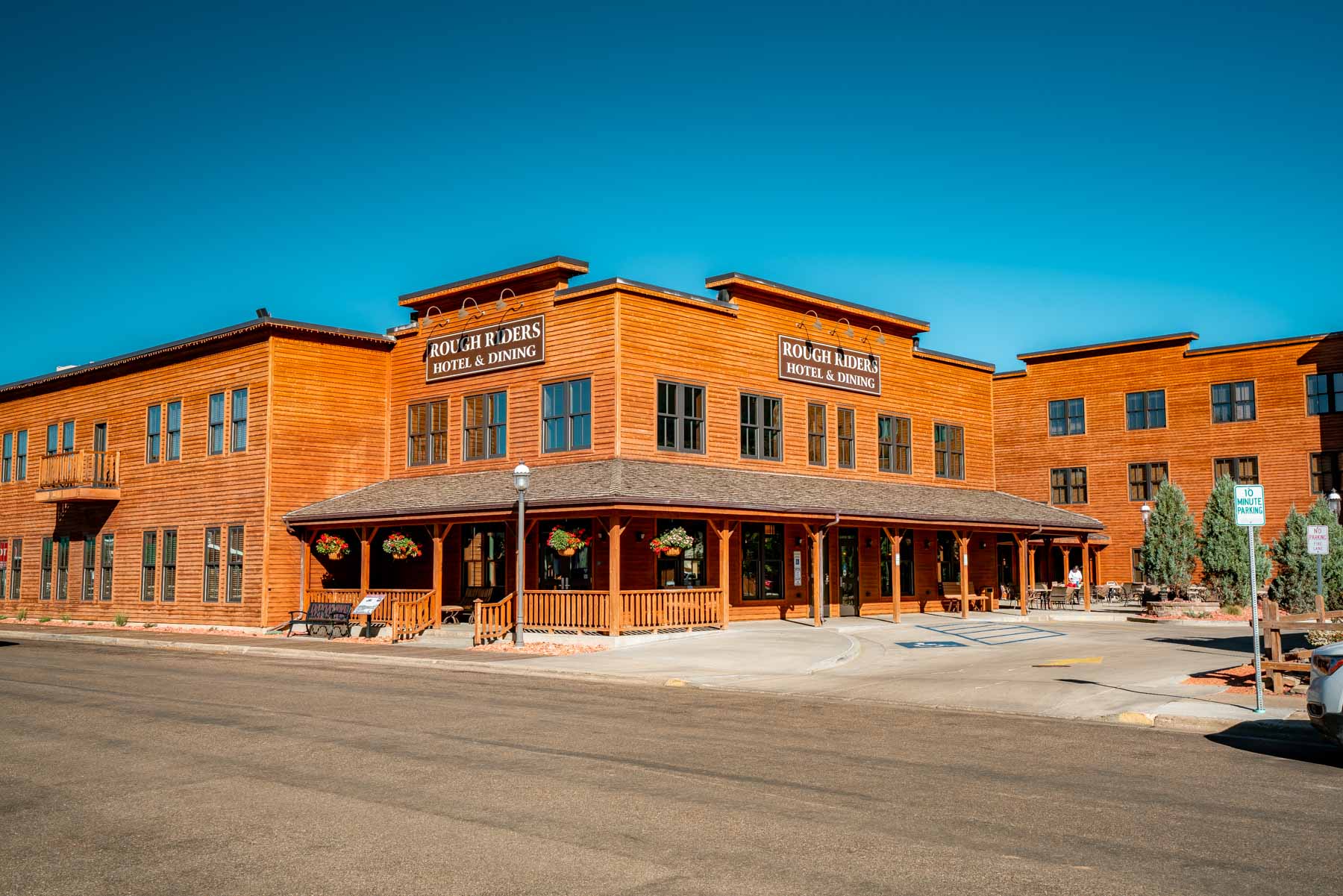
7. The Park Is Divided Into Three Separate Districts
Another intriguing Theodore Roosevelt National Park Fact has to do with the park’s composition.
As mentioned earlier, it’s divided into three districts. These districts are: the South Unit which is the largest and most visited, with 46,158 acres of Badlands landscape and a 36-mile loop road that leads to several overlooks and nature trails.
There’s also the North Unit, which is a quieter, more remote area with 24,070 acres and a 14-mile scenic road that leads to the River Bend Overlook.
And finally there’s the Elkhorn Ranch Unit. This is where Theodore Roosevelt once had a ranch. It’s the least visited unit, with 218 acres accessible by a gravel road.
Each unit offers unique landscapes and experiences to visitors, providing a good glimpse of the park’s natural beauty and history.
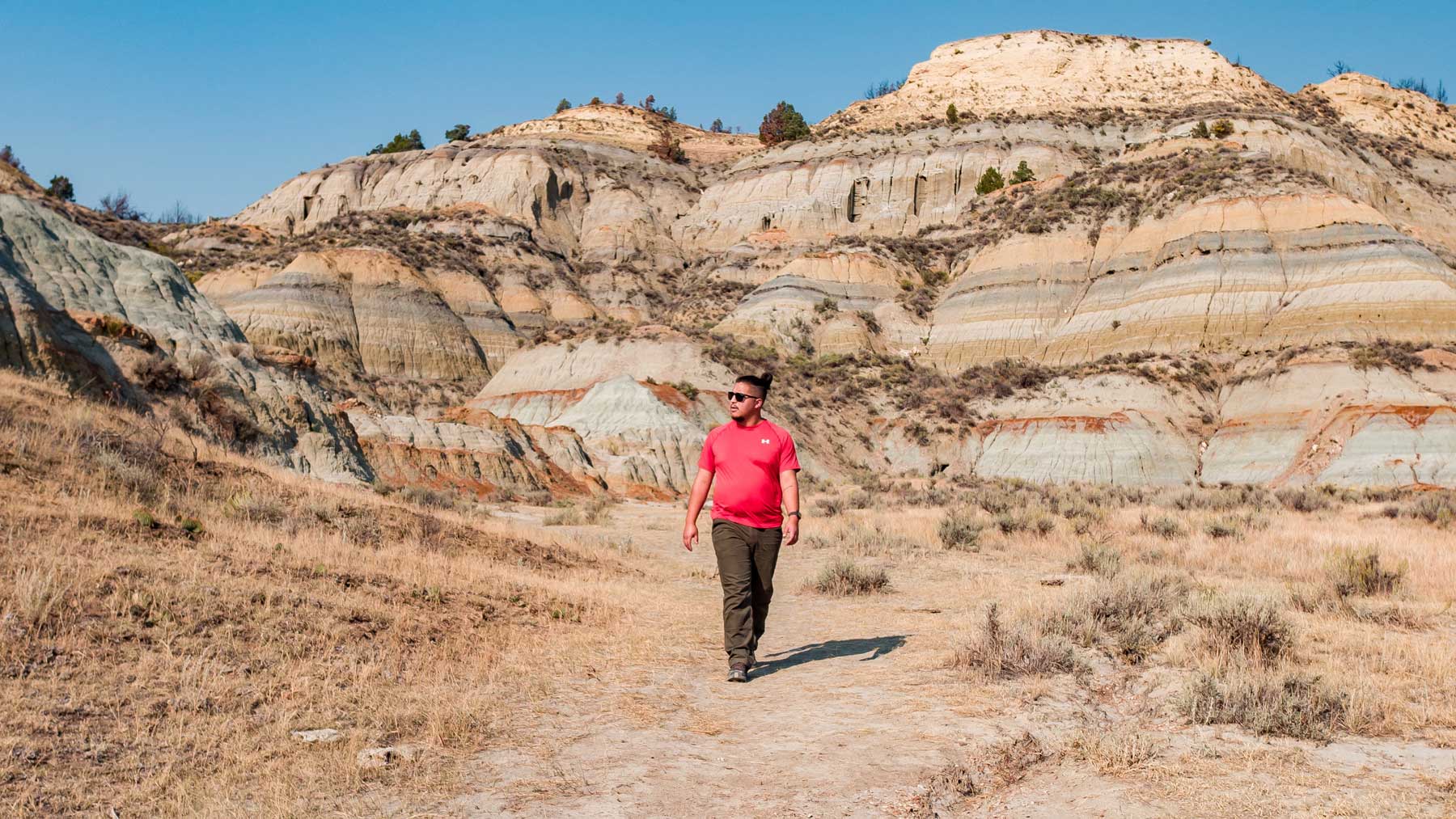
8. The Park Features Wild Horses
To understand the significance of the park’s wild horse, a short history lesson is in order. But have no fear as there will be no homework assignments.
Horses went extinct in North America around 11,000 to 13,000 years ago and were reintroduced by Spanish explorers in the 1500s.
They were widely used by explorers and Native Americans, and their population grew.
Theodore Roosevelt visited North Dakota during the “open-range era,” when ranchers allowed their horses to roam freely on the plains.
In 1954, the park was fenced and rangers removed around 200 horses from the park, but a few bands of horses managed to evade capture.
These bands have continued to thrive over the years, living freely in the park. However, these wild horses are skittish and will not allow humans to get close, as they can usually see or smell humans coming.
They are not considered feral, but protected as wild horses under the 1971 Wild Free-Roaming Horses and Burros Act.
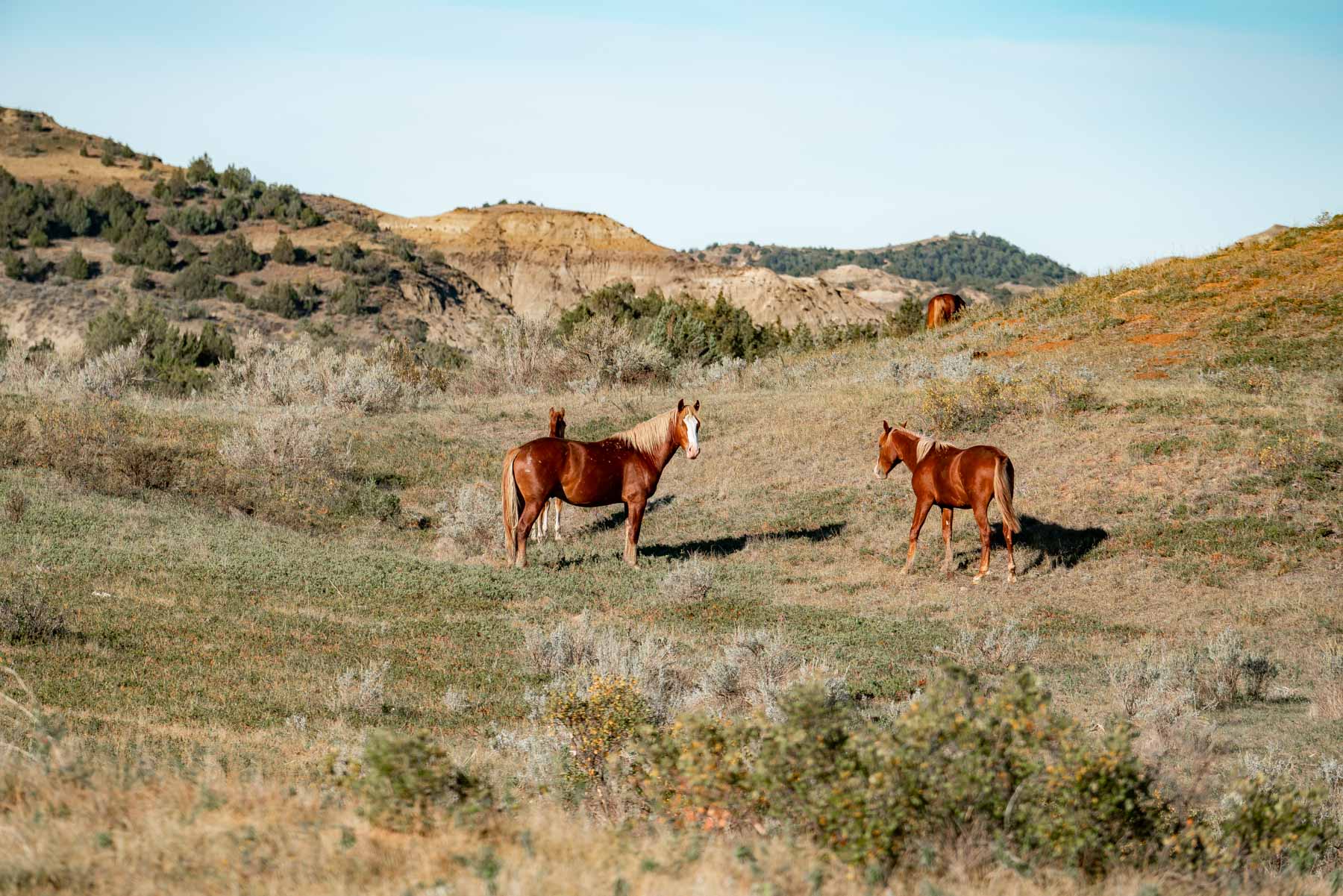
9. The Park Has The Third Highest Concentration Of Petrified Wood In The U.S.
One of the lesser known Theodore Roosevelt National Park Facts is that the park has the 3rd highest concentration of petrified wood in the United States. Who knew?
My favorite hike (and easily one of the highlights of the entire trip) was the Petrified Forest Trail. I almost didn’t hike this trail as I had not read much about it anywhere but had some extra time left on my last day in the park. Boy was I glad I did!
- Length: Depends (1.5 miles each way to either of the petrified forests OR can do 10 mile loop)
- Time: 2-10 hours depending on how long you linger
- Elevation: Maybe 200ft
According to the National Park Service, the park has the third highest concentration of petrified wood in the United States. Who knew!
To get to the trailhead you actually have to leave the South Unit of the park and drive down the interstate one stop to West River Rd. Signs (or google maps) will eventually lead you to the trailhead from there.
We opted for the North Trail as we were told by another hiker that had done both that it was far superior – we were not disappointed.
Now I’ve been to Petrified Forest National Park, and absolutely loved it, but the Petrified Forest in this amazing park blows the one in Arizona out of the water. The stumps of trees are absolutely massive – some of them more than 6 feet tall and larger!
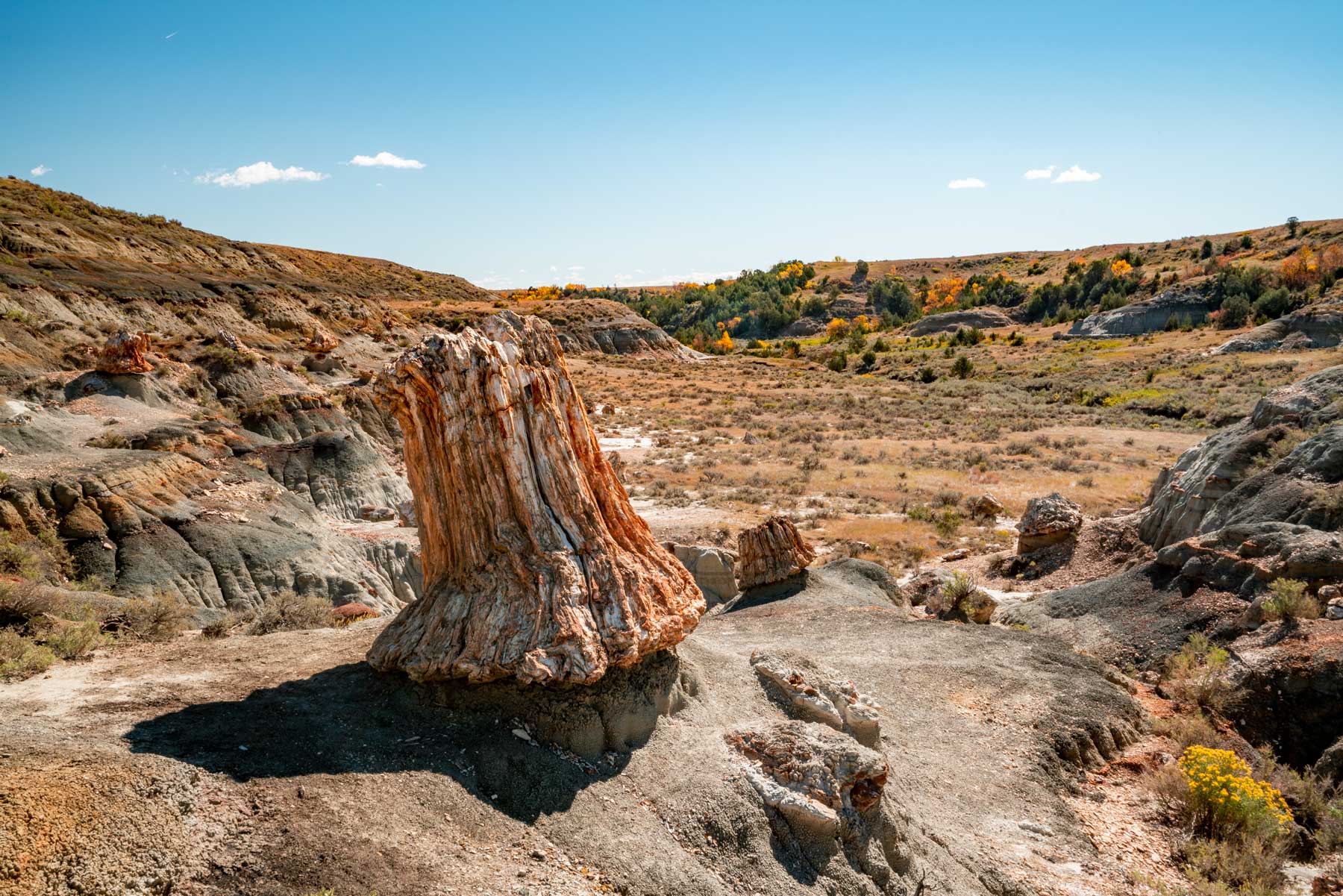
10. The Park Includes Up To 500 Species Of Plants
If you love to see amazing plant life then you’ll love this next Theodore Roosevelt National Park Fact. The park features up to 500 species of plants.
The Theodore Roosevelt National Park boasts a diverse range of plant life due to the unique topography of the badlands.
The park’s different habitats, from the sunny and dry south faces of buttes to the cooler and forested north slopes, from floodplains to grasslands, and prairie dog towns, provide a home for a wide variety of plant species.
Over 400 species of plants have been identified within the park, with as many as 500 species possibly inhabiting the park.
The abundance of prairie plants in the park results in impressive wildflower displays during the late spring and summer months.
The pasqueflower is the first to bloom in April, signaling the arrival of spring. From May to September, a broad range of flowers can be seen on the landscape.
Many flowers bloom in June and July, the peak months for flower viewing. Some flowers, such as sunflowers, asters, and rabbitbrush, hold out for the late summer months of August and September.
In late September, as the seasons begin to change, cottonwood leaves turn a brilliant gold color before falling to the ground.
Visitors to the park can discover a stunning array of colorful flowers and plants during the warmer months, and an ever-changing landscape throughout the year.
“…wild flowers should be enjoyed unplucked where they grow.”
-Theodore Roosevelt
11. Theodore Roosevelt National Park Offers A Diverse Array Of Wildlife
If you love wildlife then you’ll be impressed with the diverse array of wildlife to be found at Theodore Roosevelt National Park.
In fact, Theodore Roosevelt National Park is home to a wide variety of wildlife, thanks to its diverse landscape and habitats. The abundance of native grasses in the park provide sustenance for grazing animals such as bison, pronghorn, and mule deer, while the different habitats attract a wide range of birds, including golden eagles, hawks, and many species of songbirds.
The park’s badlands terrain also creates microclimates, such as warm and dry slopes, relatively cool and wet juniper woodlands, and riverbottoms, which support a diverse array of animals, like bighorn sheep, coyotes, and beavers.
Visitors to the park can also spot a variety of reptiles, amphibians, and fish, which are also present in the park. The park offers ample opportunities for wildlife viewing and birdwatching, making it a popular destination for nature enthusiasts.
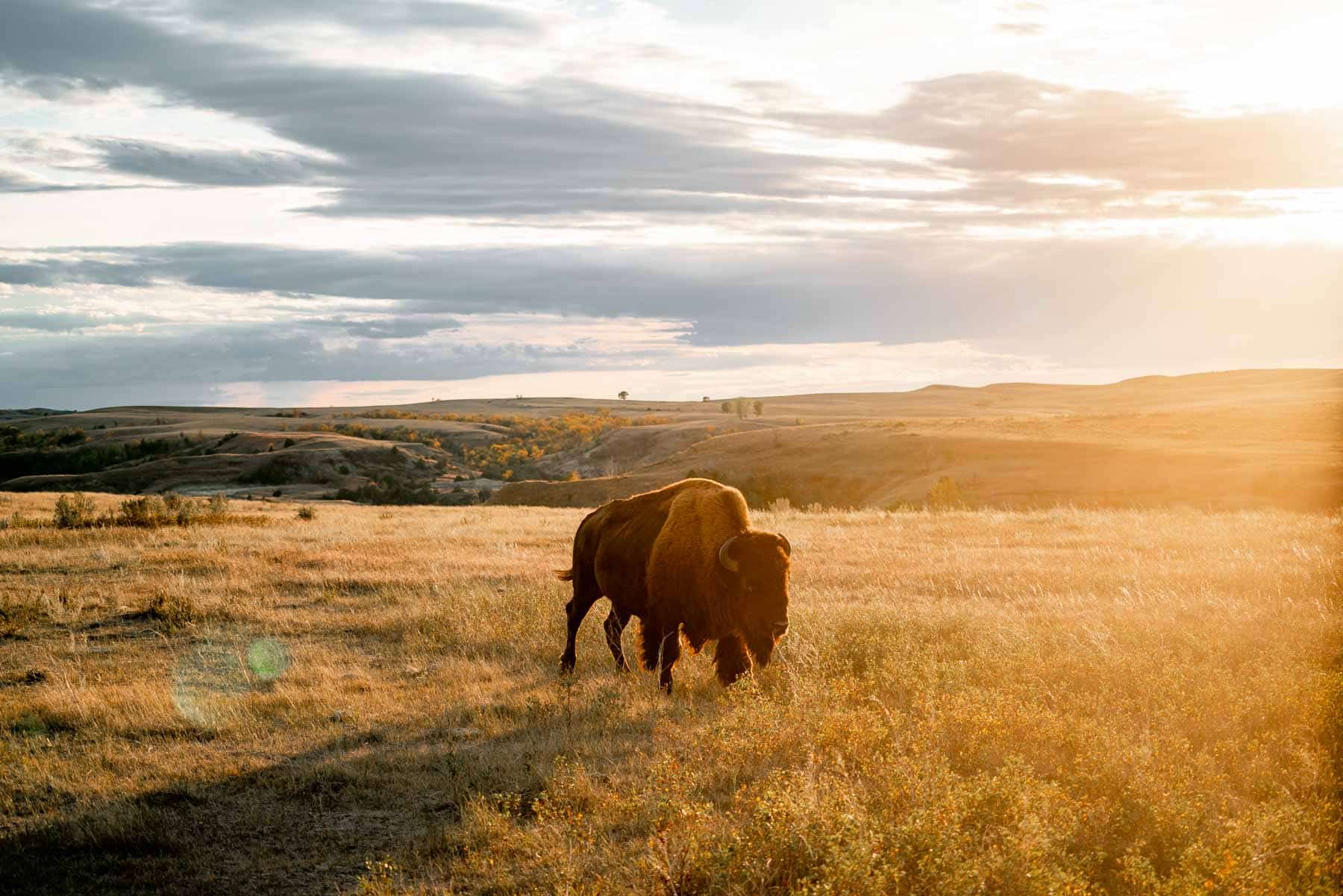
Check Out Our Theodore Roosevelt National Park Film
Encompassing over 70,000 acres, Theodore Roosevelt National Park boasts a stunning array of breathtaking badlands, snaking rivers, diverse wildlife including our national mammal, and colorful canyons.
Journey with us as we explore a land teeming with rugged beauty, massive mammals, epic overlooks, and the place where Theodore Roosevelt once claimed “it was here that the romance of my life began.”
This installment in the More Than Just Parks award-winning series featuring Theodore Roosevelt National Park was done not only to showcase the amazing recreational opportunities that exist in the park but to underscore the importance of protecting North Dakota’s wild places so they stay legendary.
Why Trust Us About Theodore Roosevelt National Park?
We’re Jim Pattiz and Will Pattiz, collectively known as the Pattiz Brothers (and sometimes the Parks Brothers) and we absolutely LOVE the national parks.
You should probably know that we don’t just make this stuff up out of thin air. We’ve spent our entire adult lives exploring and filming America’s national parks and public lands.
We’ve worked with the National Park Service, the Department of Interior, USDA, and the U.S. Forest Service for years creating films on important places and issues. Our work has been featured in leading publications all over the world and even some people outside of our immediate family call us experts on the national parks.

Map Of Theodore Roosevelt National Park
List Of Theodore Roosevelt National Park Facts
- 65 Million Years Ago The Park Area Was A Swampy Wetland
- The Park Features Thousands of Prairie Dogs
- Theodore Roosevelt Spent His Formative Years In The Badlands
- Two Of The Most Important Historic Sites At The Park Are The Maltese Cross Cabin & Elkhorn Ranch
- Theodore Roosevelt Came To The Badlands To Hunt Bison & Raise Cattle
- Theodore Roosevelt National Park Is Not Only The Only Park To Be Named For A President, It’s The Only Park To Be Named For A Single Person
- The Park Is Divided Into Three Separate Districts
- The Park Features Wild Horses
- The Park Has The Third Highest Concentration Of Petrified Wood In The U.S.
- The Park Includes Up To 500 Species Of Plants
- Theodore Roosevelt National Park Offers A Diverse Array Of Wildlife
We Hope You’ll Follow Our Journey

Our goal here at More Than Just Parks is to share the beauty of America’s national parks and public lands through stunning short films in an effort to get Americans and the world to see the true value in land conservation.
We hope you’ll follow our journey through the parks and help us to keep them the incredible places that they are. If you’re interested in joining the adventure then please sign up below!
Helpful Related Articles
Theodore Roosevelt NP Guide: Theodore Roosevelt National Park is Insanely Beautiful (Helpful Guide)
Things to Do in Theodore Roosevelt NP: 20 Epic Things to Do in Theodore Roosevelt National Park
North Dakota National Parks: 5 AMAZING North Dakota National Parks
Things to Do Badlands NP: 18 INCREDIBLE Things to Do at Badlands National Park
South Dakota National Parks: 6 EPIC South Dakota National Parks Worth Visiting
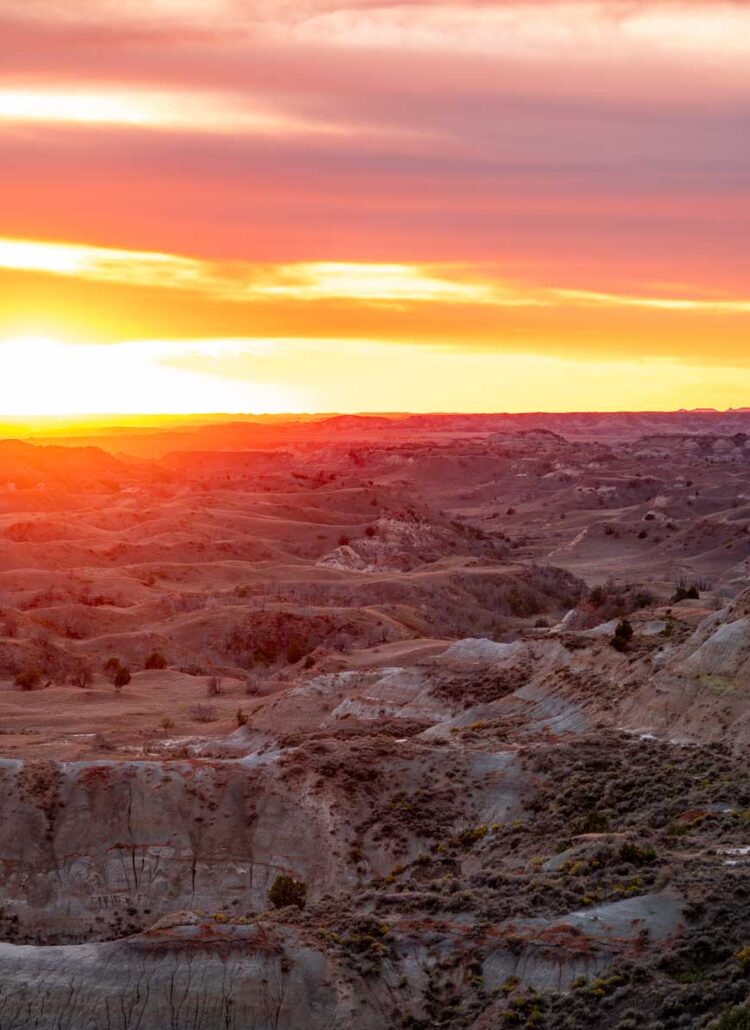
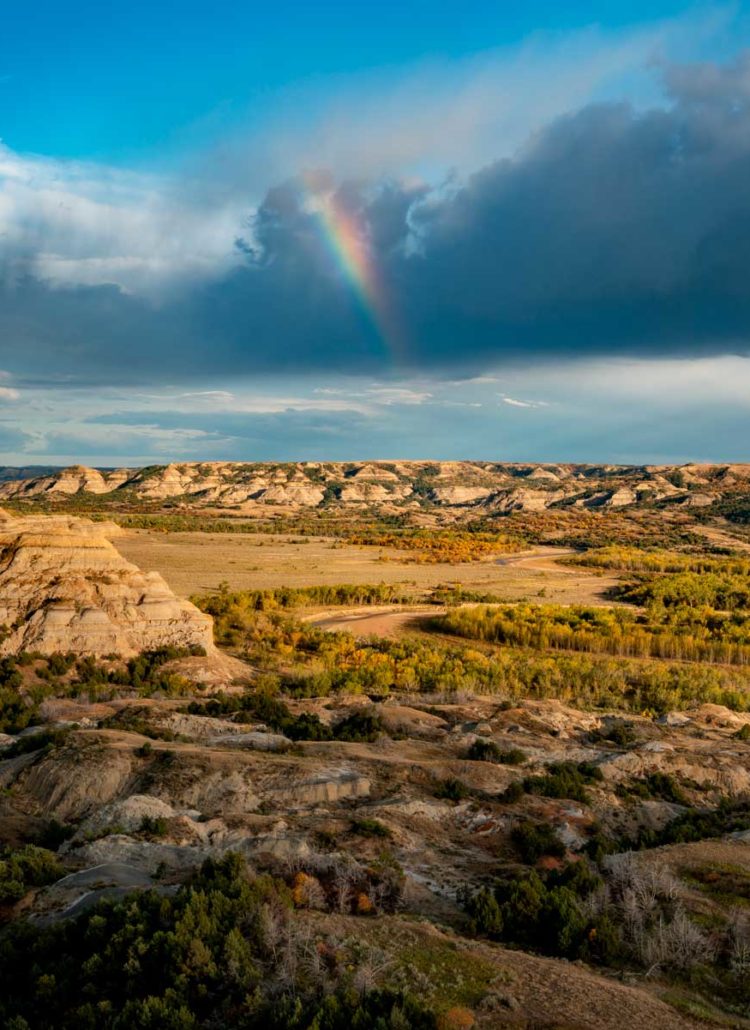
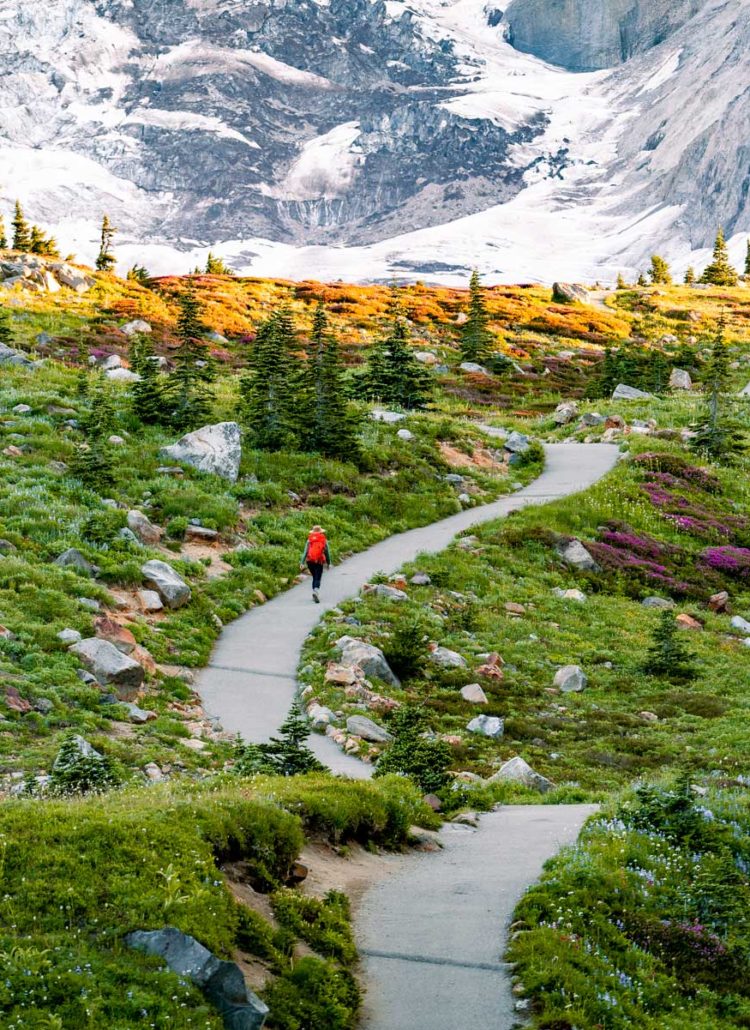


Leave a Reply